What was the 1996 Everest disaster? The chain of events that claimed eight lives and sparked never-ending controversy
On its anniversary we look at one of the deadliest days in mountaineering history
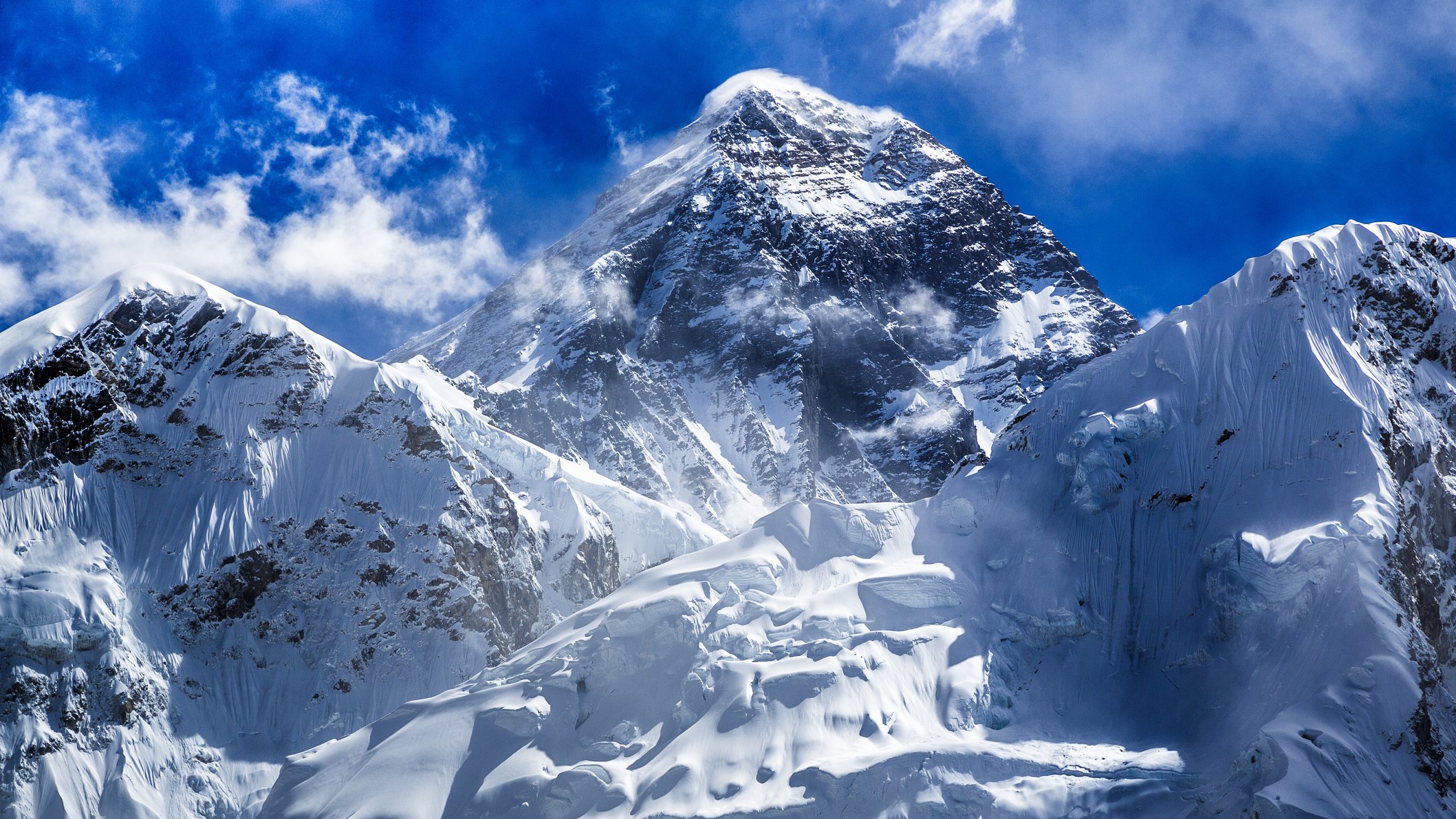
The history of climbing Mount Everest is full of remarkable stories of strength, determination and human achievement. And now, with more than 800 people summiting each year, there are more voices than ever that can regale their heroic versions of how they conquered the mountain. Despite that, it is probably the stories of tragedy and suffering on its hostile slopes that the general public are most aware of.
The 2015 film Everest, featuring big-screen stars Jake Gyllenhaal and Keira Knightley, took the story of the 1996 Everest disaster to the masses. It grossed $203 million worldwide and catapulted the survivors back into the media limelight.
It tells the story of the series of events that occurred on May 10 and 11, 1996, which led to eight climbers dying on Everest during a blizzard. It remains one of the deadliest single events in the mountain's history and drew global attention to the dangers of high-altitude mountaineering.
The rise in commercial Everest expeditions
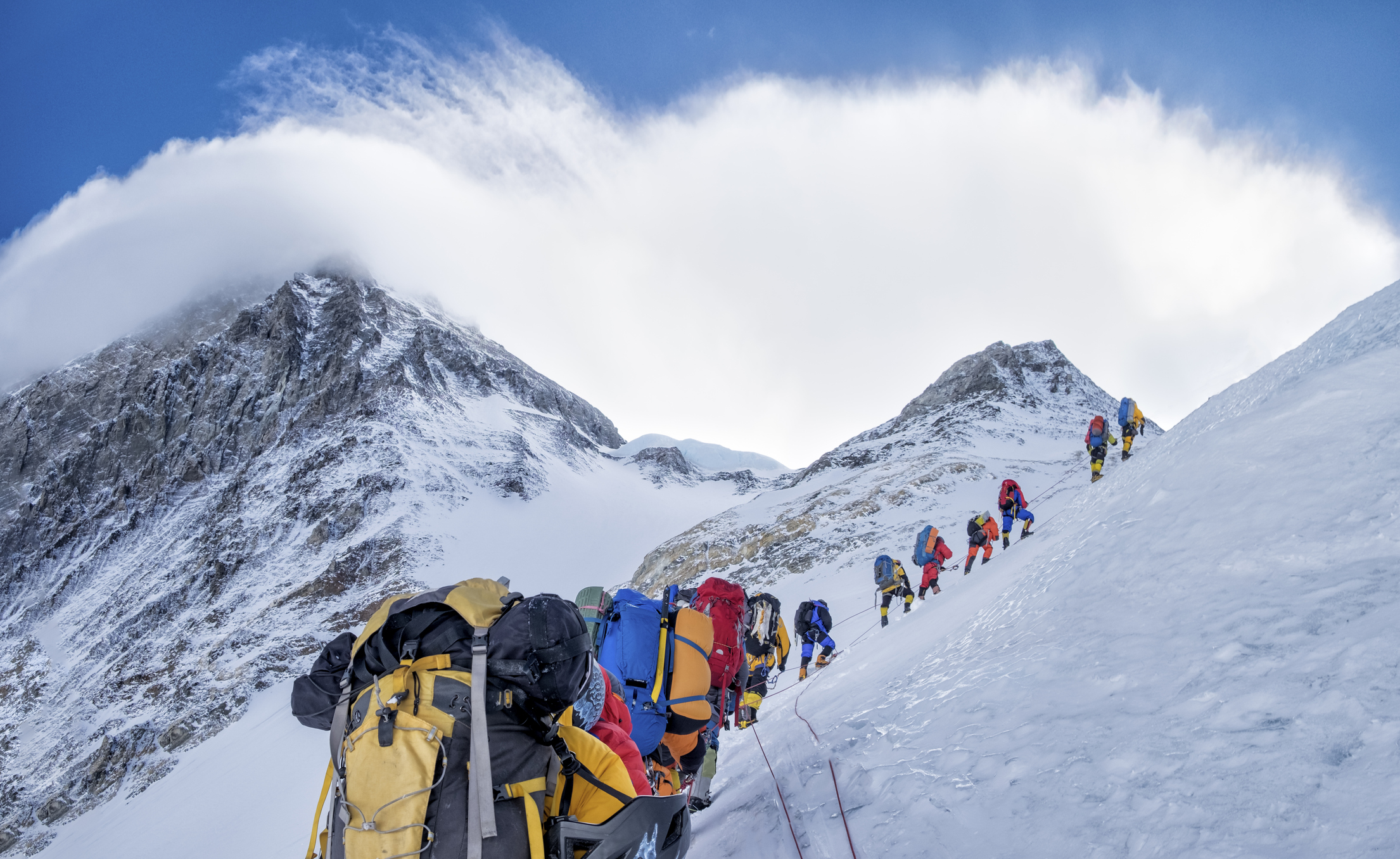
Mount Everest lies in the heart of the Nepalese Himalayas, an isolated location with no road access to speak of. Until the 1960s, all supplies had to be carried by either people or animals, usually yaks. During the 60s, airstrips were created to bring supplies to the Khumbu region, but only a couple of permits to scale the mountain were issued each year. It was in the 1980s that the Tenzing-Hillary Airport, also known as Lukla Airport, became the entry point for tourists trekking in Everest's Khumbu region.
Towards the end of the 1980s, the Chinese and Nepalese governments issued permits for both the pre- and post-monsoon seasons (the best times to climb Everest) and the total number of expeditions increased to about 10 per year. In the 1990s the number of people summiting exploded, with a then-record high of 129 successful summits in 1993.
The 1990s was when commercial trips to Everest really took off. Entrepreneurial mountaineers saw great business opportunities in guiding on the world's highest mountain and, in 1991, Adventure Consultants was formed. This company has often since been credited with pioneering commercial travel to Everest.
Adventure Consultants founder Rob Hall, along with the founder of Mountain Madness expedition company, Scott Fischer, were two of the leaders guiding expeditions on the day of the disaster.
All the latest inspiration, tips and guides to help you plan your next Advnture!
May 10-11, 1996
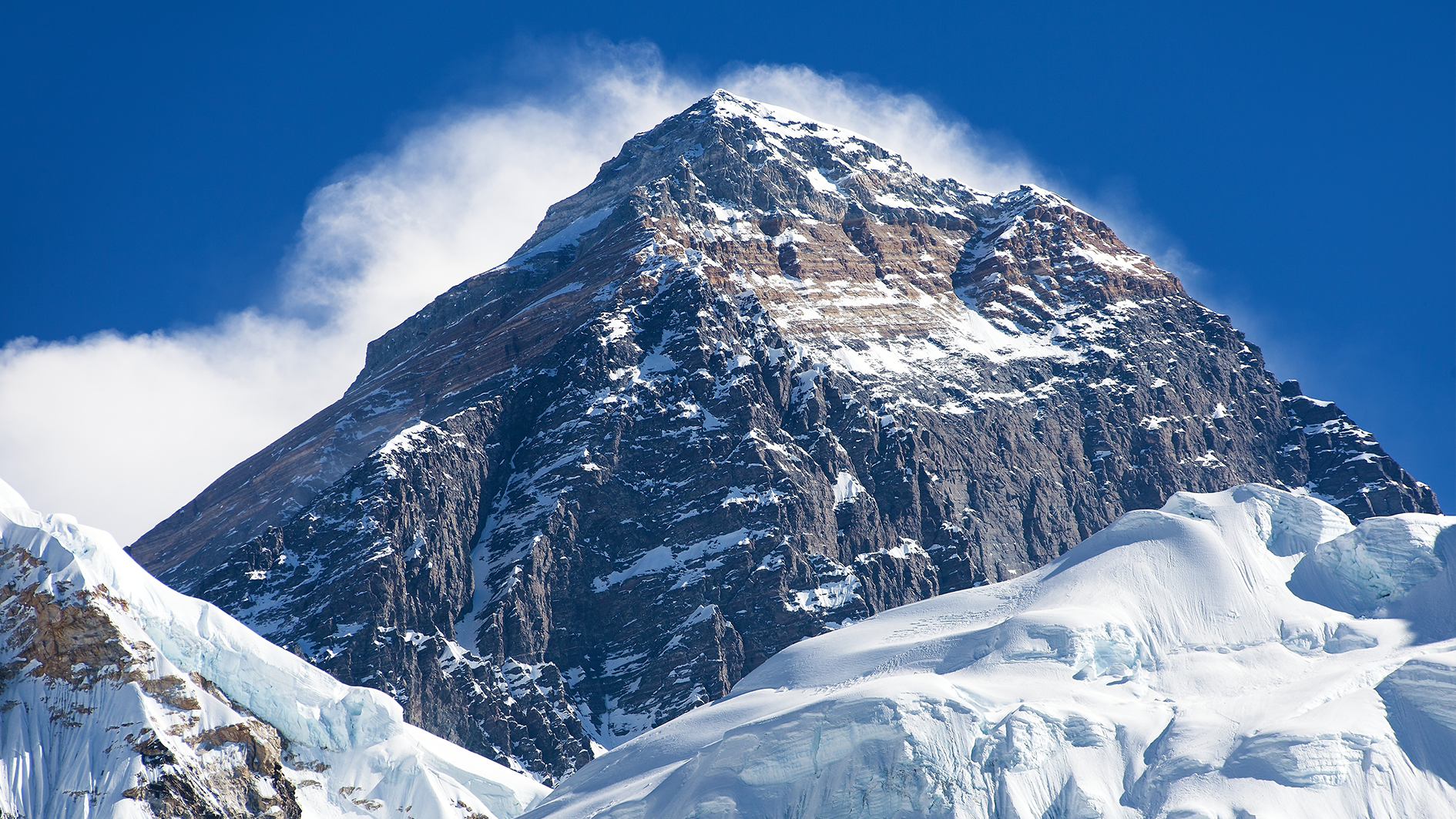
On May 10, 1996 three groups of climbers set out from Camp IV on a mission to summit the mountain. The Adventure Consultants' expedition, led by New Zealander Rob Hall, consisted of 19 people, including eight clients. Adventure Consultants was seen as one of the most, if not the most successful operators at the time, with a solid summit success rate.
The Mountain Madness team, led by Scott Fischer, also consisted of 19 people, including eight clients. Also on the mountain's south route that day was a Taiwanese group of climbers and an expedition organized by the Indo-Tibetan Border Police.
After midnight on May 10, the Adventure Consultants team, along with the Taiwanese group began their summit attempt from Camp IV. They encountered delays at two critical points – the Balcony and the Hilary Step, the latter being the famous crux of the route. When they arrived at both points, they found that the expected fixed ropes hadn't been installed, the reason for which is debated to this day. The climbers experienced bottlenecks and some decided to turn back, fearing they would run out of supplementary oxygen, which can be fatal in the so-called death zone above 8,000 meters.
Guide Anatoli Boukreev, from the Mountain Madness team, was the first to summit not long after 1pm. He stayed to help climbers but many had still not summited by 2pm, the agreed safe turnaround time. Snow began to fall yet still clients pushed to summit, some reaching it after 3.45pm.
The snowfall turned into a blizzard on the south-eastern face, reducing visibility and burying ropes. Several climbers got lost in the chaos. When the blizzard cleared, around midnight, rescue attempts swung into action but they weren't enough to avoid the deaths of eight individuals.
Fatalities
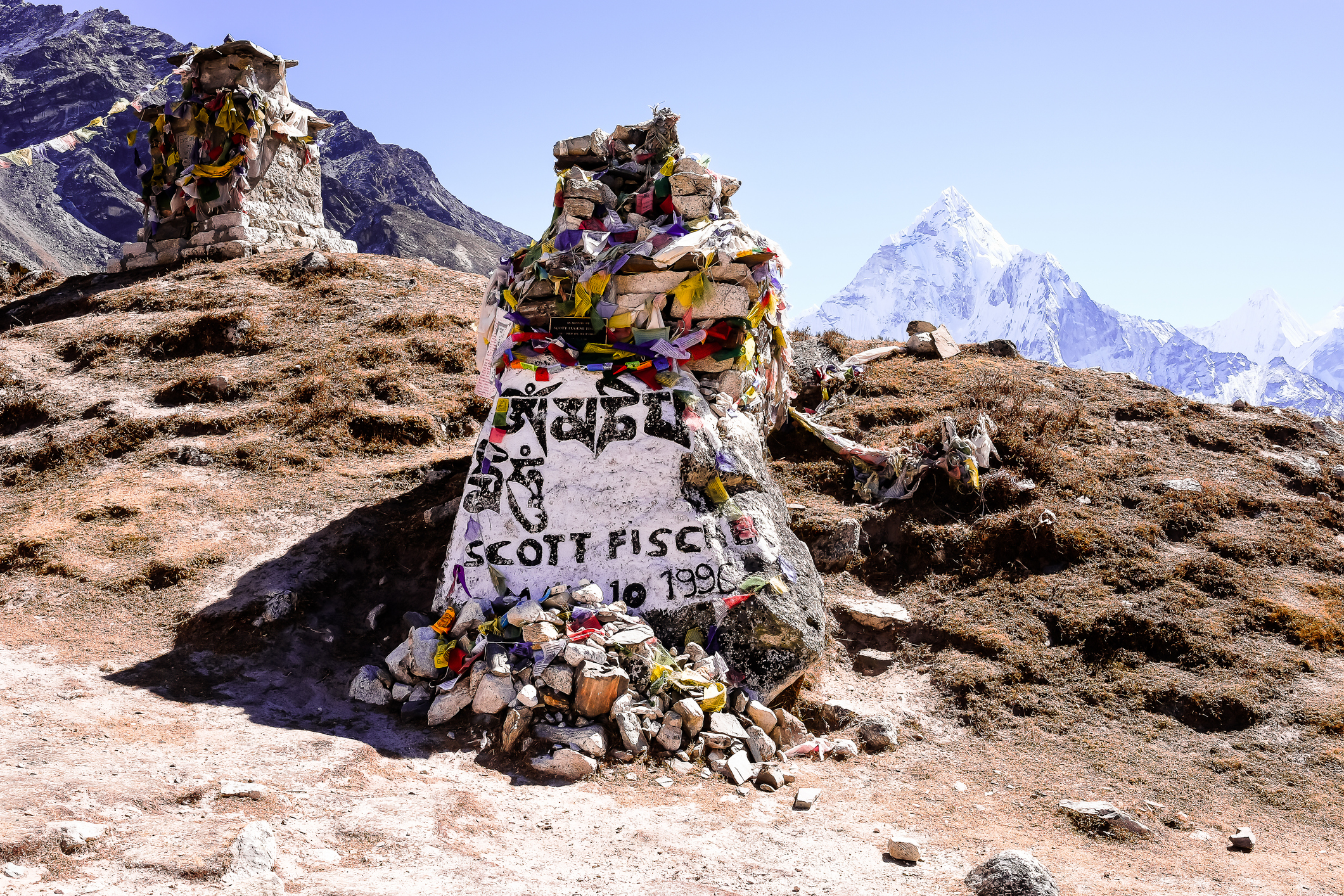
In total eight climbers died on May 10 and 11, 1966. These included:
- Rob Hall – New Zealand expedition leader with the Adventure Consultants. After waiting with dying friend Doug Hansen on the descent following a late summit his oxygen regulator froze and he could not descend.
- Andrew "Harold" Harris – a New Zealand guide with the Adventure Consultants, who is presumed to have fallen near the South Summit.
- Doug Hansen – American client with the Adventure Consultants. Doug's body has never been recovered and he's presumed to have fallen.
- Yasuko Namba – the female Japanese client with the Adventure Consultants died descending the South Col.
- Scott Fischer – the American expedition leader with Mountain Madness summited late and died on the southeast ridge from hypothermia
- Subedar Tsewang Smanla, Lance Naik Dorje Morup, Tsewang Paljor – three Indian nationals working for the Indo-Tibetan Border Police, who also died on the northeast ridge that day
What went wrong on Everest in 1996?
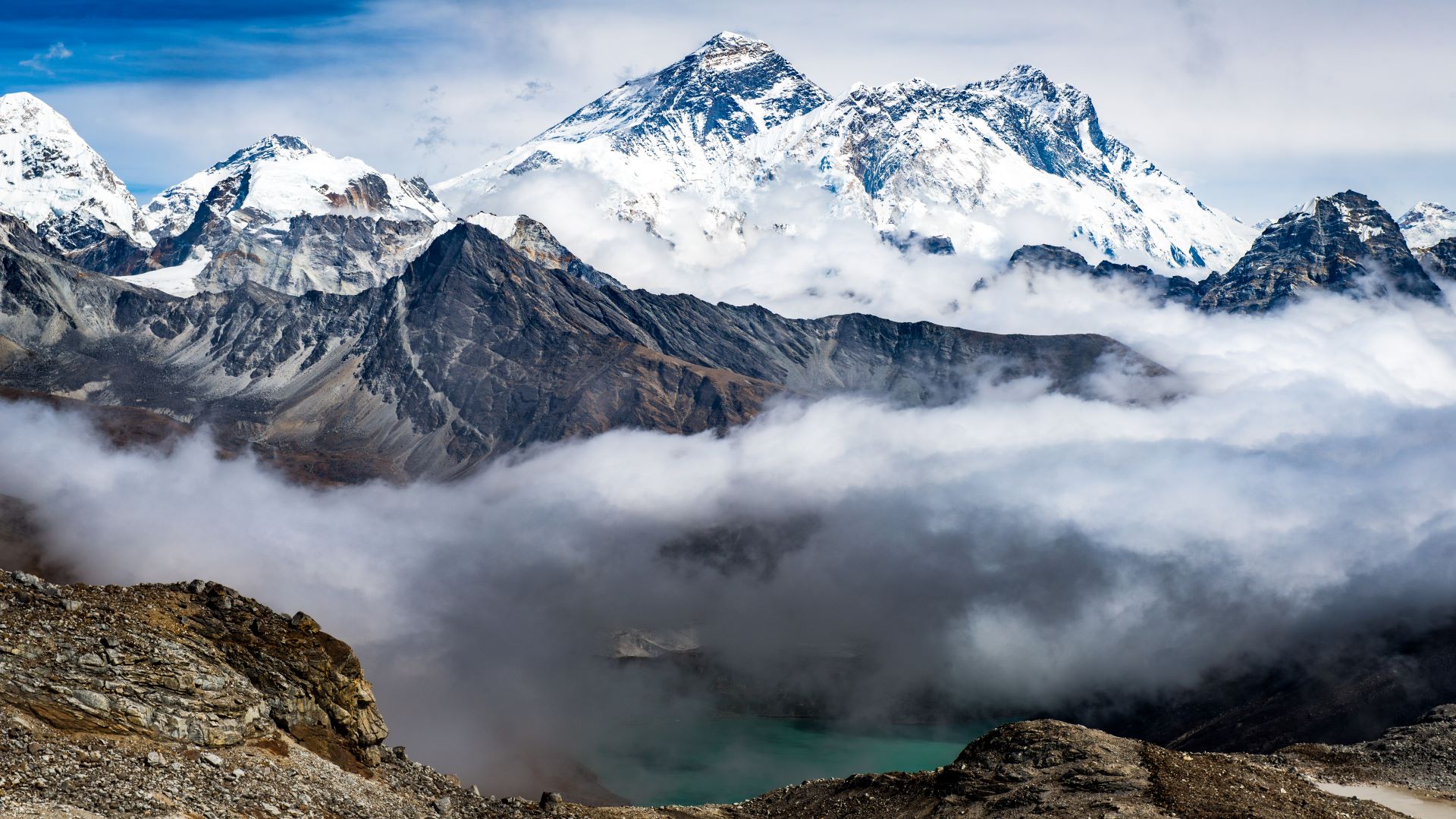
Many of the mountaineers who would have had first hand information about what led to the disaster died, and others have found their unravelling physical health clouded their memory of events. However, a few things have been said to have contributed to the high death toll.
A lack of planning and execution meant that ropes were not placed at critical climbing areas on the South Col route. This led to bottlenecks, delaying the climbers from reaching the summit. Competitiveness rather than collaboration between the two main expedition groups has also been reported to have contributed to the errors.
Snow forecasts did not deter the two expedition leaders, who were said to be competitive in their race to help their clients summit. Both Adventure Consultants and Mountain Madness had two public-figure clients on the expedition. Jon Krakauer, an accomplished climber and journalist on assignment for Outside Magazine, was in the Adventure Consultants team, while Sandy Hill-Pittman, described as a socialite and journalist, was with Mountain Madness. It's thought that the enhanced profile of the expeditions may have influenced both Hall and Fischer's decision making.
Leaders and climbers were said to have been suffering from summit fever. They ignored the safe turnaround time of 2pm (set to give enough time to get back to Camp IV before night) and continued long after this had passed, becoming exhausted in the process.
While deaths in the 1980s had failed to attract much media attention, the launch of the world wide web meant the 1996 disaster got much global coverage.
The aftermath made people question the growing popularity of commercial expeditions to Everest, but it did not deter them. In 2024, the Nepalese government issued 421 climbing permits. China issues a maximum number of 300 permits for the north side of Everest. And, in 2025, permits were gobbled up twice as fast as in 2024. Everest's allure, its siren song, is timeless.
Conflicting accounts
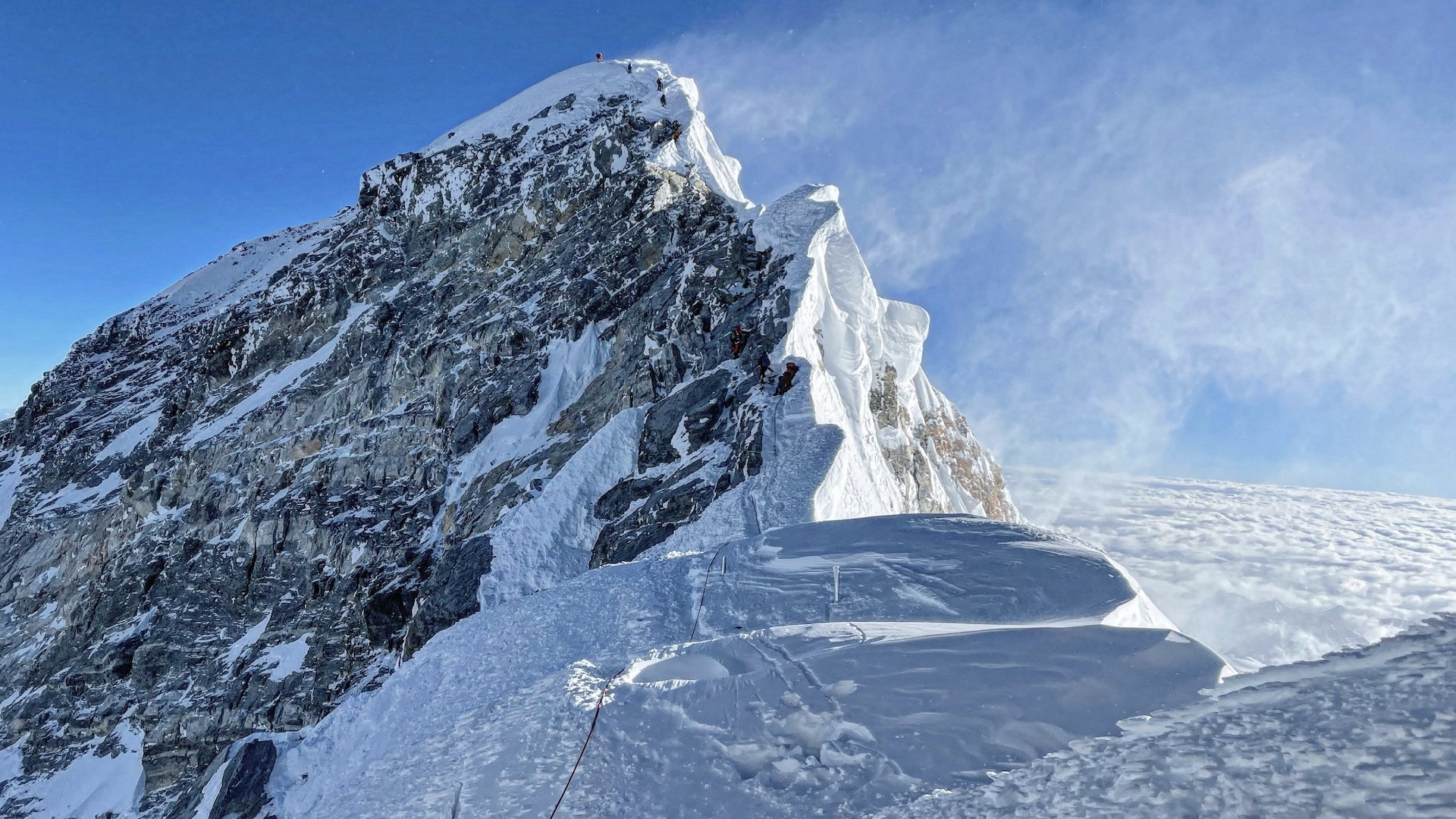
It's difficult to answer exactly what happened on that fateful day in 1996 because the only people that could possibly truly recount the events with any accuracy are those that perished and those who survived. The problem is, many of the survivors disagree – in some cases bitterly – about the exact circumstances and events that led to the disaster. Add in the cognitive impairment and subsequent memory issues that time spent at high altitude can have and it's no wonder a fuzzy, contradictory picture emerges.
A classic of mountaineering literature, Into Thin Air: A personal account of disaster on Everest (1997) tells Jon Krakaeur's version of what happened on the mountain that day. It received criticism for the portrayal of one of the guides on the other team, Anatoli Boukreev. Krakaeur paints him as a selfish mountaineer who puts his own oxygen-free summit ambitions over the safety of his clients.
Boukreev published his own bestselling book in the same year, The Climb, rebutting many of the claims made by Krakaeur. In this version of events, Boukreev asserts that his decision to climb without oxygen meant that he was better acclimatized to lead rescue efforts. The guide went out into the storm on several occasions to bring back stricken clients, though he was unable to save Mountain Madness' founder, Scott Fischer.
Beck Weathers, a client on the Adventure Consultants team who suffered severe frostbite, also wrote his own bestselling account: Left for Dead. All three tell contradictory tales – underlining just how fraught, if not impossible, it is to establish exactly what happened up there.
In fact, there are several books that have been written by the survivors of the tragedy. Perhaps the best way to glean an accurate picture of exactly what occured would be to study them all in turn. As you can see from Jon Krakauer's Instagram post below, debate around the events still rages on to this day.
A post shared by Jon Krakauer (@krakauernotwriting)
A photo posted by on
Everest's worst disasters
In the past decade Everest has seen its deadliest days. On April 18, 2014 a huge serac (ice shelf) broke off triggering an avalanche that killed 16 sherpas on in the Khumbu Icefall. Before that, in April 2015, an earthquake in Nepal and surrounding areas caused tremors up Everest that triggered an avalanche which swept through Base Camp killing 22 people. Nearly 9,000 people in Nepal and surrounding countries died.
Date and Expedition | What happened | Fatalities |
|---|---|---|
June 9, 1924 1924 British Mount Everest Expedition | In an attempt to become the first to claim Everest's summit, Mallory and Irvine disappeared into the clouds on the Northeast Ridge, never to be seen again. | George Mallory and Sandy Irvine |
April 5, 1970 The Japanese Everest Skiing Expedition | An avalanche in the Khumbu Icefall killed six Nepalese Sherpas who had been assisting the Japanese Everest Skiing Expedition. | Mima Norbu, Nima Dorje, Tshering Tarkey, Pasang, Kunga Norbu and Kami Tshering |
September 9, 1974 1974 French Mount Everest Expedition | Part of a French expedition to the West Ridge, six climbers perished when their tents were swept away by an avalanche in the night at Camp 2. | Gérard Devouassoux, Pemba Dorje, Lhakpa, Nawang Lutuk, Nima Wangchu and Sanu Wongal |
October 11, 1985 Indian Army expedition | The Indian Army expedition of 1985 met tragedy when four climbers died of exposure after being stranded high on the mountain for four days. | Jai Vardhan Bahugana, Ranjeet Singh Bakshi, Vijay Pal Singh Negi and M.U. Bhaskar Rao |
October 17, 1988 IAMES Bratislava Expedition | Four climbers from the former Czechoslovakia perished while descending from the summit in a storm. | Dušan Becík, Peter Božík, Jaroslav Jaško and Jozef Just |
May 27, 1989 Polish / American expedition | Six Polish climbers were caught in a massive avalanche between Camp 1 and Base Camp. Four were killed instantly, while another died of his injuries. | Miroslaw Dasal, Miroslaw Gardzielewski, Andrzej Heinrich, Waclaw Otręba and Eugeniusz Chrobak |
May 11, 1996 Adventure Consultants expedition, Mountain Madness expedition and Indo-Tibetan Border Police expedition | After bottlenecks and orgnaizational issues, a savage storm swept across Everest, leading to the deaths of eight climbers. | Rob Hall, Doug Hansen, Andrew Harris, Yasuko Namba, Dorje Morup, Tsewang Paljor and Tsewang Samanla |
May 7, 1997 Russian expedition | Three Russian climbers and a Sherpa perished high on the Northeast Ridge. | Aleksandr Torochin, Ivan Plotnikov, Nikolai Chevtchenko and Mingma |
May 18, 2004 Keimyung University Everest Expedition | Having removed his goggles, decorated mountaineer Park Moo-Taek became snowblind and partner Jang Min attempted to descend alone. After a rescue attempt, Baek Joon-Ho also perished high on the mountain. | Joon-ho Baek, Jang Min and Park Moo-Taek |
April 18, 2014 Various expeditions | In scenes reminiscent of the 1970 tragedy, a devastating avalanche swept through the Khumbu Icefall, killing 16 Sherpas. | Mingma Nuru Sherpa, Dorji Sherpa, Ang Tshiri Sherpa, Nima Sherpa, Tenzing Chottar Sherpa, Phurba Ongyal Sherpa, Lapka Tenjing Sherpa, Chhiring Ongchu Sherpa, Dorjee Khatri, Then Dorjee Sherpa, Phur Temba Sherpa, Pasang Karma Sherpa, Ankaji Sherpa, PemTenji Sherpa and Aash Bahadur Gurung |
April 25, 2015 Various expeditions | The devastating April 2015 Nepal earthquake, thought to have killed in the region of 9,000 people, triggered an avalanche that swept through Base Camp. It led to the deaths of 22 people, making it the most deadly disaster that Everest has witnessed. | Dan Fredinburg, Marisa Eve Girawong, Tom Taplin, Pemba Sherpa, Dawa Tsering Sherpa, Maila (Milan) Rai, Chhimi Dawa Sherpa, Pema Yishi (Hissi) Sherpa, Pasang Temba Sherpa, Krishna Kumar Rai, Tenzing (Tengien) Bhote, Renu Fotedar, Lhakpa Chhiring Sherpa, Vinh Truong, Shiva Kumar Shrestha and Jangbu Sherpa |
April 12, 2023 Imagine Nepal | Three Sherpas were killed by a collapsing serac. | Lakpa Rita Sherpa, Pemba Tenzing Sherpa and Da Chhiree Sherpa |
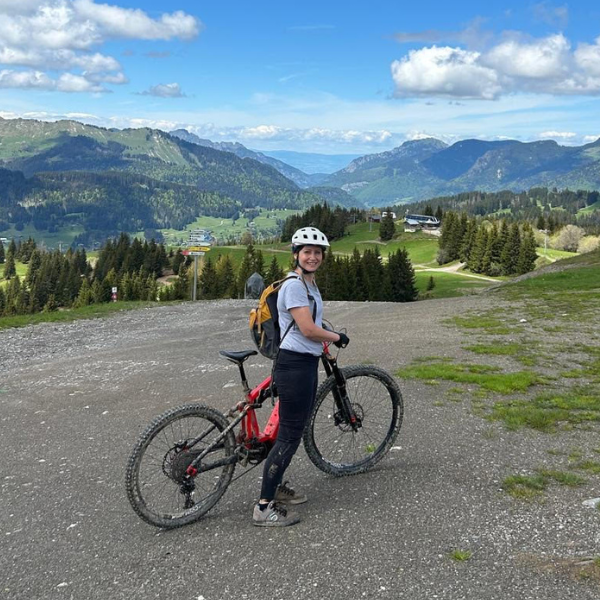
Charlie is a freelance writer and editor with a passion for hiking, biking, wild swimming and active travel. She recently moved from Bristol to South Wales and now refuses to leave her front door without one of the following: lightweight hikers, wetsuit, mountain bike, tent. Having bought a fixer-upper home that backs on to protected woodland, her love of nature and wildlife has intensified and the dark skies have kickstarted a new fondness for stargazing.
